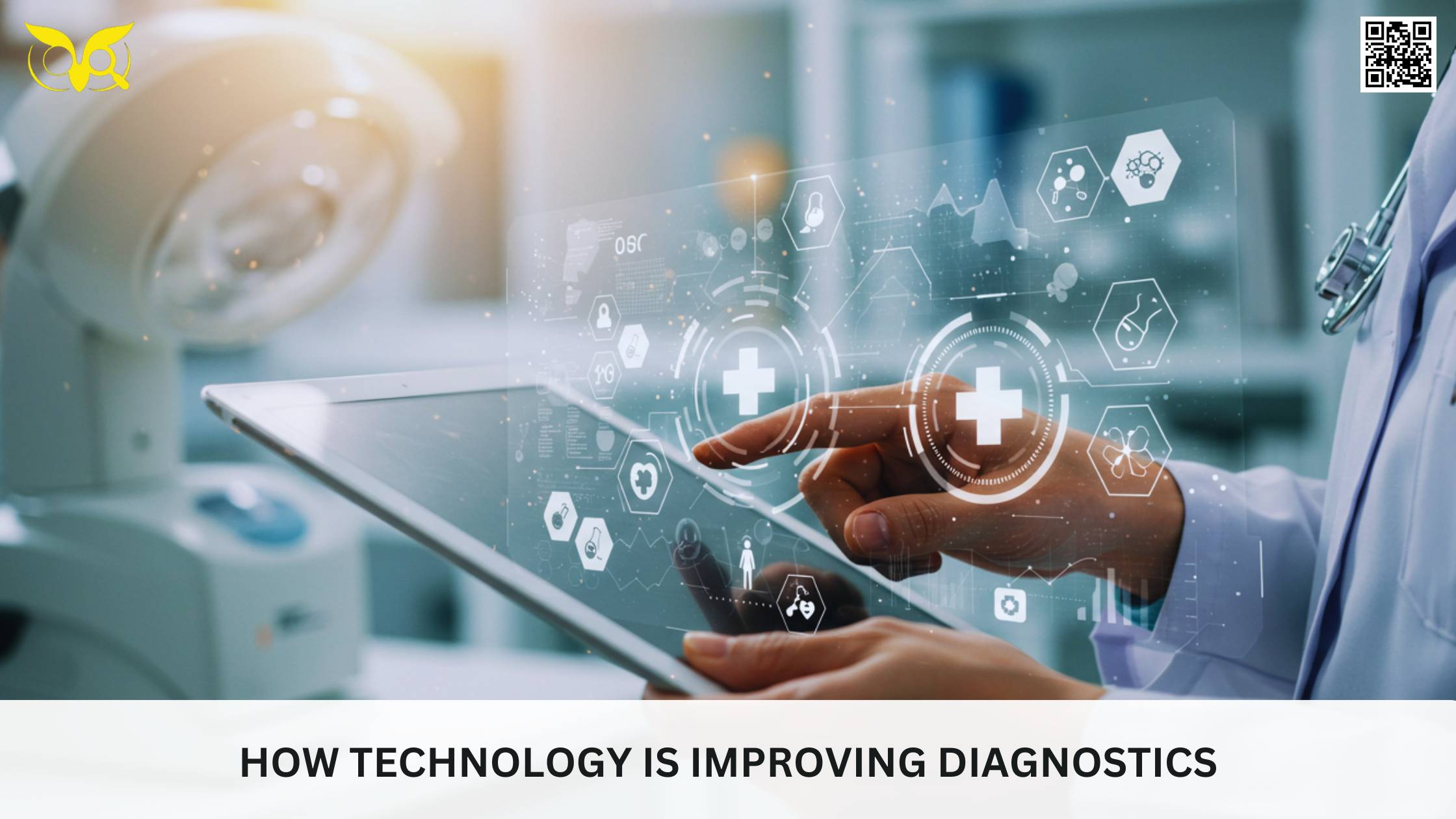Medical diagnostics has entered an era that would have seemed like science fiction just two decades ago. Thanks to the contributions of applied technology, today doctors can peer inside the human body with startling clarity, analyze genetic material in real-time, and even predict diseases before symptoms appear. All thanks to new diagnostic machines.

Compared to even ten years ago, now modern imaging equipment produces pictures so detailed that physicians can spot abnormalities measuring mere millimeters, which dramatically improves patient care, especially considering how crucial early treatment is. But the real game-changer isn’t just the hardware; it’s the software running behind the scenes. Artificial intelligence programs trained on millions of medical images can flag potential problems that might take human eyes considerably longer to identify.
These AI systems aren’t replacing doctors, though. Rather, they’re functioning as incredibly sophisticated assistants, offering what amounts to a second opinion on every scan. A radiologist reviewing a chest X-ray might receive an alert about a subtle shadow that could indicate early-stage lung cancer, or an algorithm might highlight areas of a mammogram that warrant closer examination.
The contrast agents used in many imaging procedures have also evolved extremely. Enhanced formulations now provide sharper, more detailed images while maintaining excellent safety records. Companies like Bracco US have pioneered advances in this field, developing contrast media that help physicians see exactly what they need to see with unprecedented clarity. Such agents are also easier to store and to administer since they do not need to be refrigerated.
Another diagnostic aspect that has evolved extremely is genetic testing. What once required weeks of laboratory work can now be accomplished in hours. New molecular diagnostic tools don’t just identify diseases; they can also predict how individual patients will respond to specific treatments. A cancer patient might receive a genetic profile of their tumor that reveals which chemotherapy drugs are most likely to be effective, potentially saving months of trial-and-error treatment.
Emergency departments and urgent care centers have particularly benefited from point-of-care testing innovations, like portable devices that can now deliver results that previously required sending samples to distant laboratories, or cardiac enzymes results that are ready within minutes, thus saving time in cases of critical treatment like heart attacks.
Moreover, the integration of digital health records has created another layer of diagnostic power. Patient information that was once scattered across different departments and facilities now flows seamlessly between systems. So, physicians can quickly and easily spot patterns and connections that might otherwise go unnoticed.
The convergence of all these technologies is creating possibilities that extend far beyond what any single innovation could achieve alone. Physicians now have access to diagnostic tools that are more accurate, faster, and less invasive than ever before, and can therefore deliver improved care. At the same time, patients can benefit from earlier detection, more precise treatment, and ultimately, better outcomes across a wide range of medical conditions. Technology in diagnostics does not mean a colder healthcare, but one where the patient is even more the focus of it all.
Source: https://baddiehub.news






